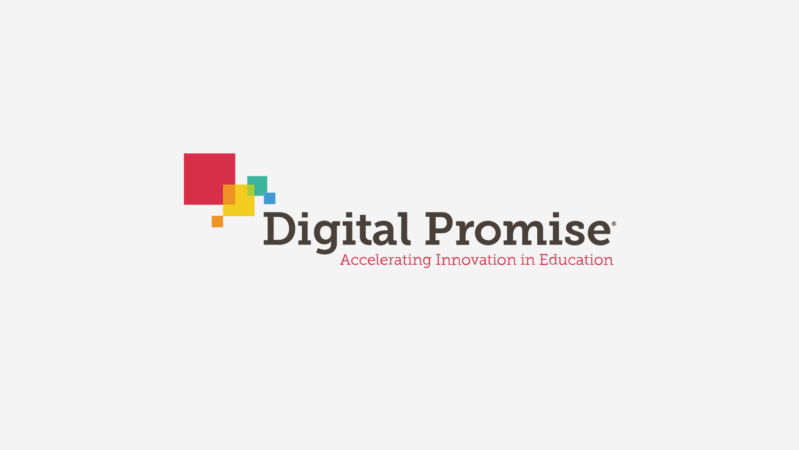
June 5, 2015 | By Digital Promise
Despite some amazing pockets of excellence throughout the country, equity is a serious problem in American education. Millions of Americans – both youth and adults – lack access to quality learning opportunities and resources, including the Internet, that would help them enter and finish college, and succeed in the 21st century workforce.
Yet, according to Martha Kanter, opening speaker at our Summit to Put Research to Work on June 15-16, 2015, there is a path forward. The New York University professor and former Under Secretary of Education suggested we use what we know about student success to build more collaborative partnerships between people who can take action to improve learning for all.
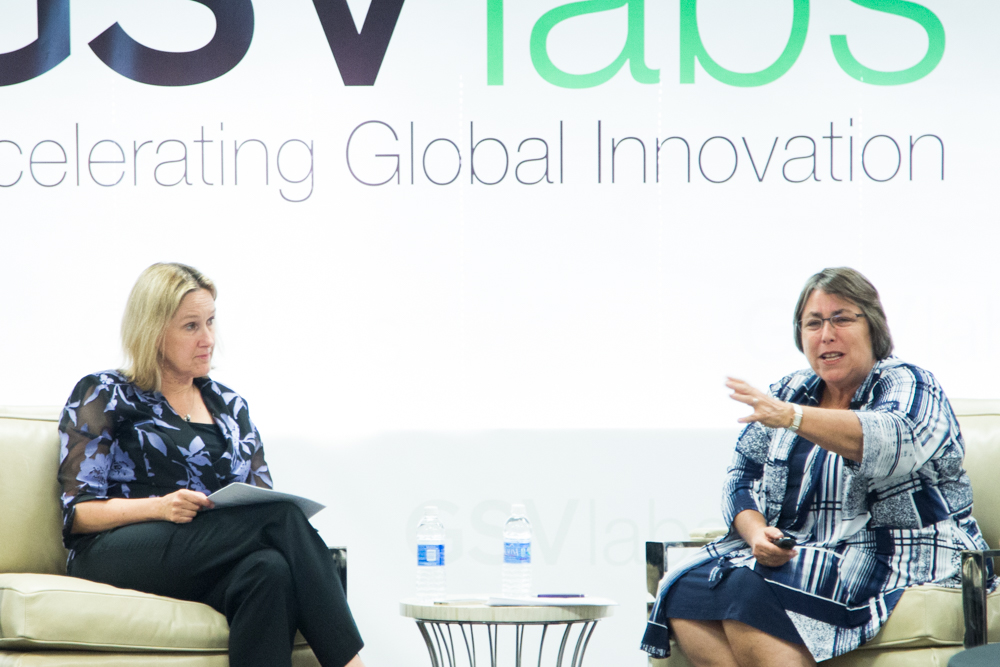
This was exactly the intent behind our Summit to Put Research to Work, which brought together stakeholders from the following groups to address challenges in education:

The sustained engagement of these three groups yielded powerful solutions for improving student learning and innovation in education. Specifically, four major themes emerged from the discussions: communication, common access, capacity-building, and collaboration.
Through improved communication between educators, developers, and researchers, we can establish a shared agenda of priority research topics, and best methods for ensuring research is shared with and used by developers and educators.
Participants brainstormed questions on how to improve research use, and used a crowdsourced Wikisurvey tool designed to capture ideas. Votes were cast for potential solutions to the question, “How can we best leverage research to advance learning with technology?” Top priorities by vote are shown online in real-time, such as this top-three list.:
Results from the Wikisurvey tool will help us determine which research topics are of interest to stakeholders. Then, we can share resources on these topics in an accessible format for educators and developers. Specifically, participants suggested creating curated, aggregated resources by topic areas. These resources would use simple, everyday language, and would include engaging examples of how people apply research in practice.
Attendee Katie Martin suggested:
If data are being made public we need to provide resources to help people make sense of it @KCintheNYC #researchatwork
— Katie Martin (@KatieMTLC) June 16, 2015
Another key takeaway from the summit was the need to provide members of all three groups – researchers, educators, and developers – with the skills, tools, and resources to support their use of research.
For educators, participants recommended incorporating more research skills into teacher and administrator preparation programs. Fostering a “culture of research” in schools, where administrators and teachers have more time and support for building research skills, can be encouraging. They could also be supported in finding external research partners, and working with students and community members to implement their own research projects.
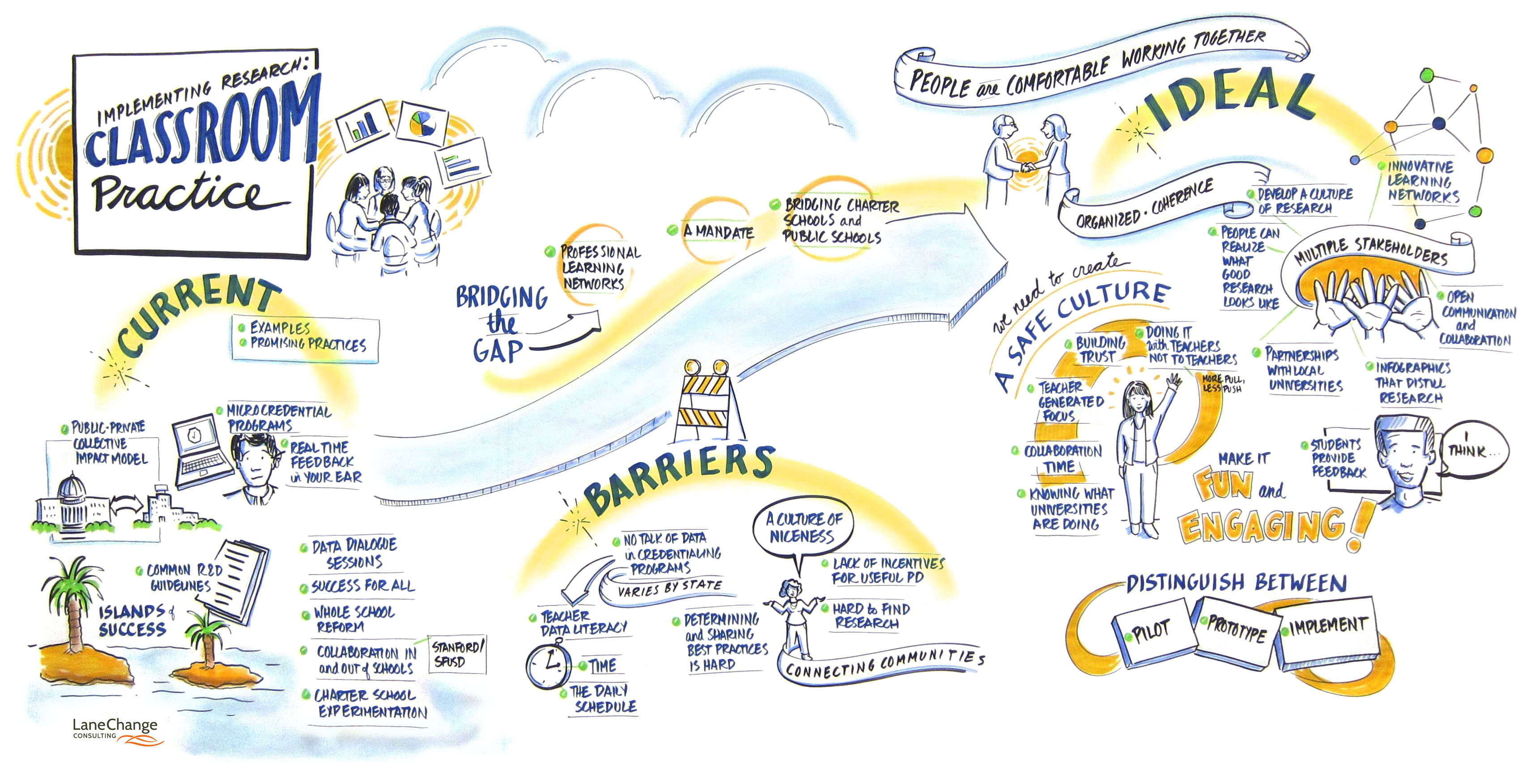
Participants also recommended more resources to help developers similarly create a “culture of research” at their companies. Ideally, developers would be able to find and apply research early in the product design process, and then work more closely with schools and researchers to test their products. Developers would gain skills in collecting and analyzing data from more frequent product tests with diverse students and teachers, in order to report robust data on product effectiveness. Additionally, they can develop effective methods for sharing data with educators in a way that is meaningful.
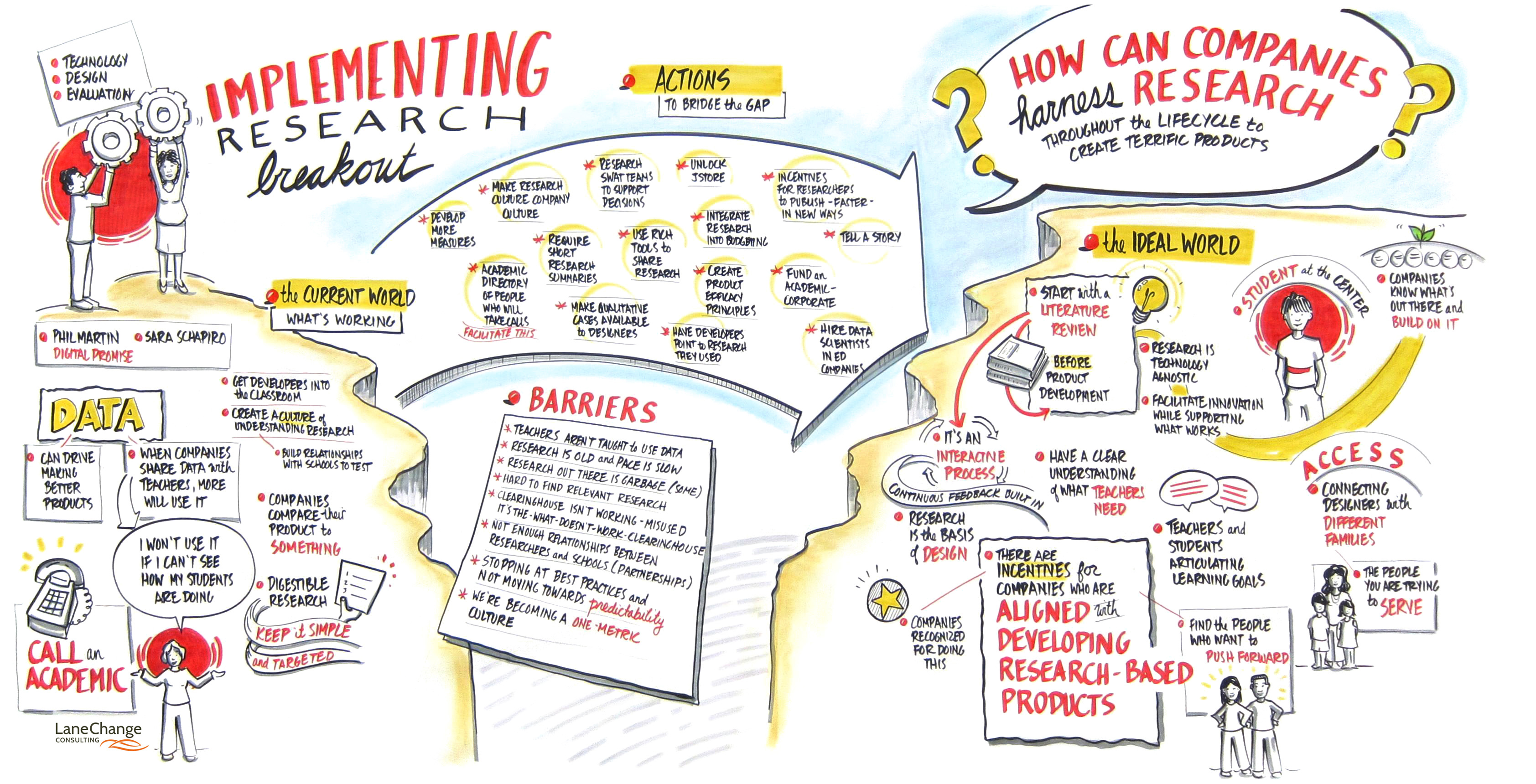
Finally, in order to keep up with technological innovations, researchers could develop more capacity for doing rapid studies that move faster than traditional academic research. They could also build skills in translating their research to more accessible language that the public can easily understand. Lastly, as Kara Chesal of iZone NYC noted, they can develop more ways to consider the unique contexts of different schools in how they collect data and report findings.
Understanding the context for technology use – isn’t necessarily illuminated by data alone #researchatwork @DigitalPromise
— Kara Chesal (@KCintheNYC) June 16, 2015
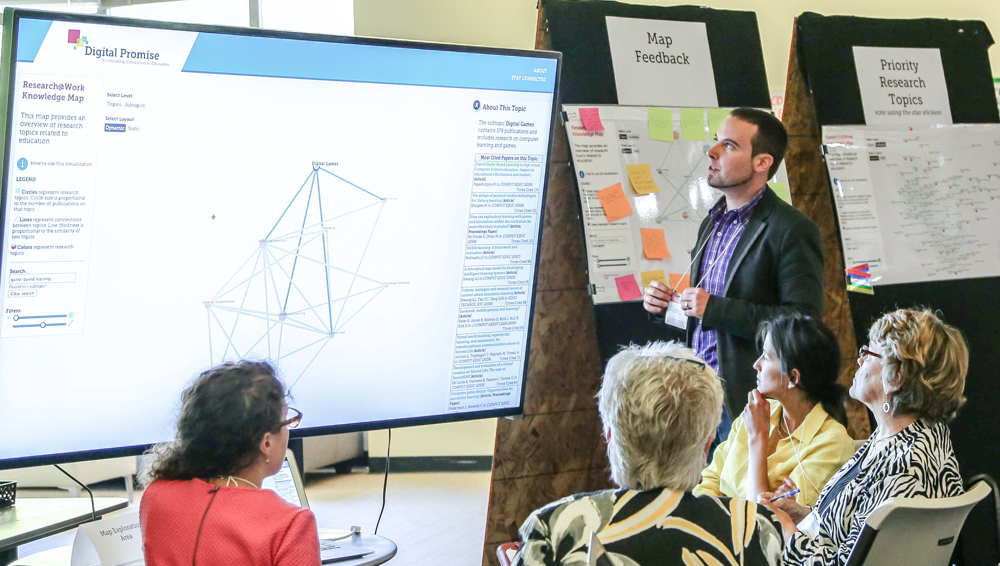
Participants were in wide agreement that there needs to be more open access to research findings, which too often sit behind paywalls. There should also be more open access to data sets (provided student privacy is maintained). Ideally, researchers could combine these data sets with other data about the local community and school to yield powerful insights.
Digital Promise shared a beta version of its bibliometric map of education research, which is an effort to make research findings more accessible. It provides an interactive visual representation of the research landscape using data from over 100,000 articles published in 153 peer-reviewed journals. This is one step toward breaking down barriers to research, and we hope to build on it in the coming months.
The knowledge map w/ @DigitalPromise is absolutely fascinating and will be very useful in Educ. #researchatwork
— Benjamin Gaines (@BGainesRMMS) June 16, 2015

Perhaps the most meaningful takeaway from the summit was consensus on the need for more collaboration between educators, developers, and researchers. Members of the opening panel, which included Kara Chesal, David Dwyer, Bart Epstein, and Kristin DeVivo, shared how their organizations leverage the power of the three groups working together.
DeVivo explained how Lucas Education Research collaborates with educators on projects that will directly impact students. At Jefferson Education Accelerator, Epstein pairs researchers and developers to create better ed tech products, while Dwyer shared how he relied on teacher and student voice to inform his work in his 40 years as a researcher and developer. Finally, Chesal shared how the New York City Department of Education is working with developers and researchers to use rapid evaluation research to improve technology products and student outcomes.
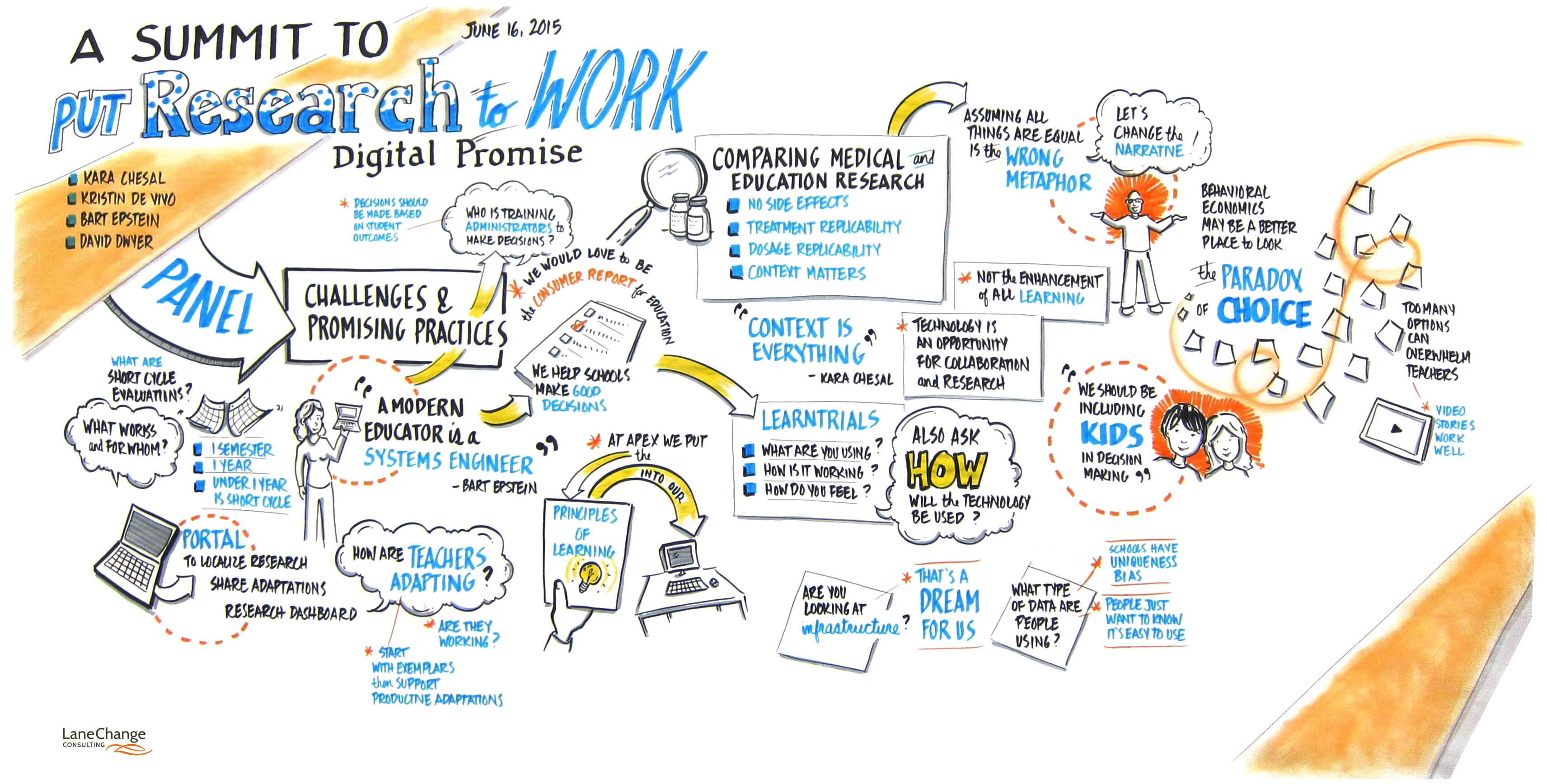
As participant Thor Prichard noted, “cross-pollination was encouraged and expected” at the summit, and Digital Promise remains committed to this principle as we move forward.
The mix of researchers, practitioners & developers is intriguing. Cross-pollination is encouraged & expected. #researchatwork
— Thor Prichard (@thorprichard) June 16, 2015
To close the summit, participants shared action steps that would leverage the combined power of researchers, developers, and educators to improve learning through technology. Participants called for their colleagues to move past barriers and “do something” to improve learning, remembering teachers and students should be at the center of our work. This graphic recording depicts some of the guiding principles and solutions groups shared:
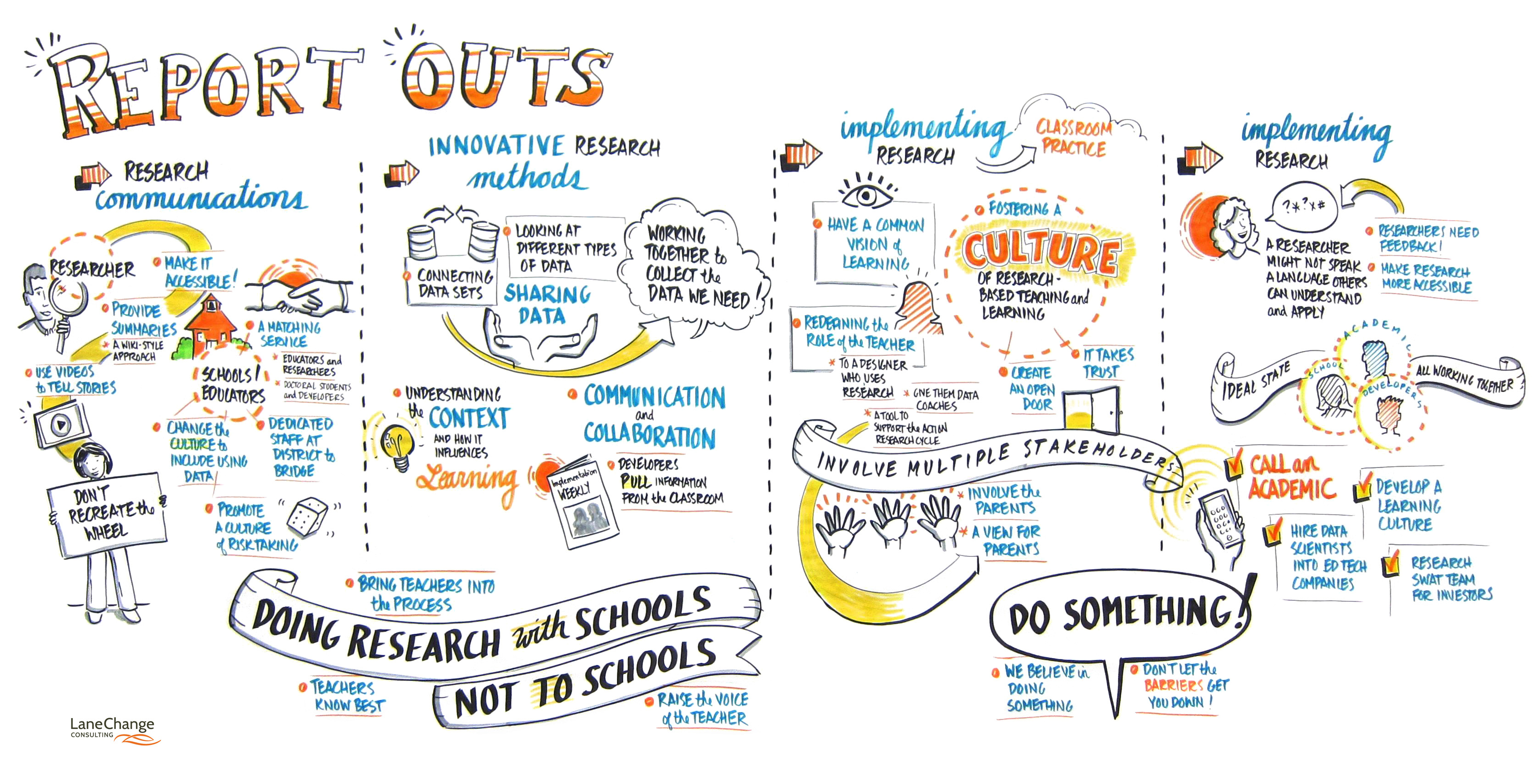
We will share more action steps we can all take to encourage communication, collaboration, capacity building, and common access between and for researchers, educational technology developers, and educators. To continue to engage, we invite you to: